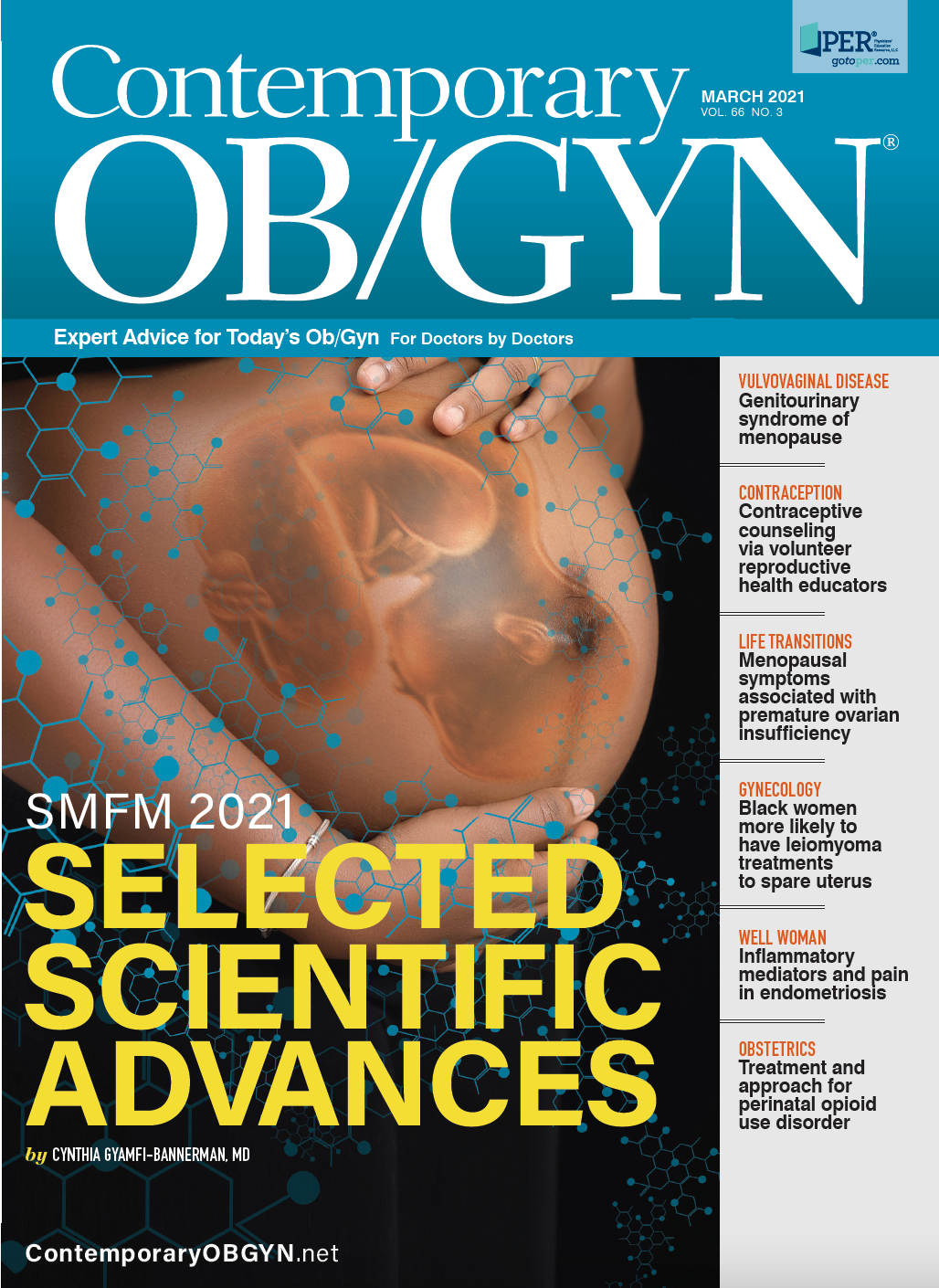Inclusion necessary in clinical trials
This month’s issue brings with it hope for a spring season that will see an easing of COVID-19 cases and deaths, despite new virus mutations.
With vaccines being administered and more on the horizon, we remain hopeful that there is a light at the end of this seemingly endless tunnel.
The vaccine process did expose disparities for our pregnant people and lactating women, who were not included in the clinical trials. The World Health Organization (WHO) received the response of the dedicated professionals in ob/gyn after its statement January 26 saying pregnant women should not receive the Moderna vaccine. The American College of Obstetricians and Gynecologists (ACOG) and the Society for Maternal-Fetal Medicine (SMFM) issued their joint statement January 27. The vaccine should not be withheld from pregnant individuals who choose to receive it, they said. Further, the two groups had advocated for the inclusion of this population in these trials.
WHO rescinded its statement days later, as Editor in Chief Catherine Y. Spong, MD, notes in her editorial, but the damage was done. Spong calls for an inclusion mandate for pregnant and lactating people in research. This vulnerable subset of the population now is excluded by default, she points out.
We also must not forget the medical advances that are happening in spite of COVID-19. Scientific advances abound in maternal-fetal medicine, as you will learn from Cynthia Gyamfi-Bannerman, MD, who covers the top advances that came about during the Society for Maternal-Fetal Medicine’s 41st Annual Pregnancy Meeting.
Her insightful article is followed with news articles by our Contemporary OB/GYN® staff writers for a deeper dive into some of the presentations made during the conference, which was held in January. As with so many other professional associations, SMFM did the entire program virtually, which was a feat in and of itself. We all are hopeful that sooner rather than later we are able to resume in-person conferences and seminars.
In this issue, we also are taking a closer look at perinatal opioid use disorder with an article that begins, “Tools and strategies to improve outcomes for perinatal opioid use disorder,” by Daisy J. Goodman, DNP, MPH. She outlines how obstetric providers can play a central role in identifying patients with opioid use disorder and linking them to lifesaving treatment. In this issue, you will find the book chapter summary of “Protocol 3–Opioid Use, Misuse, and Addiction in Pregnancy and Postpartum” from Protocols for High-Risk Pregnancies, 7th Ed., edited by John T. Queenan, MD; Catherine Y. Spong, MD; and Charles J. Lockwood, MD, MHCM.
When it comes to advocating for the inclusion of pregnant and lactating people in clinical trials, is there any specific action you are taking? We would love to know. As always, we welcome your feedback on this content and any of the content you find at Contemporary OB/GYN®. Please feel free to reach out to us at COGeditorial@mmhgroup.com.
__
Mike Hennessy Sr
Chairman and Founder, MJH Life Sciences

FDA approves Visby’s test for at-home STI identification
Published: March 28th 2025 | Updated: March 28th 2025The FDA has approved Visby Medical’s at-home sexually transmitted infection test, allowing women to screen for chlamydia, gonorrhea, and trichomoniasis without a prescription.
Read More
